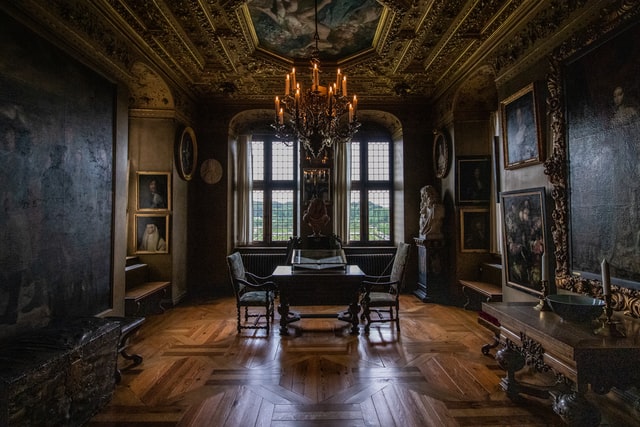
Changing your home’s interior color scheme can make a world of difference in how it looks and feels. Whether it’s a positive change or a negative one depends on the colors you choose. Of course, finding the perfect colors for each room isn’t easy considering the array of hues available at this point. Many people find it downright intimidating, but it doesn’t necessarily have to be.
Finding the Right Color Complements for Your Home
Several factors come into play when choosing a new color scheme. Those include the types of cabinets, flooring, and furniture you have. Different textures and drywall finishes enter the mix as well. Before branching out into the more complicated matters, though, let’s take a look at some of the basics.
Dark and Light Colors
First of all, consider the general effects of dark and light colors. Dark colors tend to make rooms feel smaller and cozier. With that being the case, you can use darker hues on your drywall to make a large room feel more like home. On the other hand, if you have a room that feels too small and cramped, applying lighter colors to the drywall may make it feel larger and more open.
From there, you can choose the right color complements for your drywall based on the primary colors of the room. For light colors, you can use darker pieces of furniture for a bit of contrast. You can also use darker colors on an accent wall for the same effect. In the case of dark colors, the opposite would be true.
Warm, Cool, and Neutral Colors
Next, think about the differences between warm, cool, and neutral shades and how they work with other colors. Stained cabinets and shelving have warm, earthy tones. That means choosing neutral colors for your drywall finish would be recommended. Those include shades of white, beige, gray, and taupe.
In contrast, say you already have drywall in place that’s in the cool color range, such as greens, blues, or purples. White cabinets, furniture, and accent pieces would complement those shades. You could also choose pastels in lighter shades than the walls themselves.
Bolder Color Schemes
Choosing color schemes in different ranges of the color wheel is also an option. For a bolder look, people often choose contrasting colors. For instance, you could choose a shade of purple. Then, choose a color directly across from it on the color wheel for contrast. Basic purple’s contrasting color is yellow.
You could also pick related colors, or those that are side by side on the color wheel. They create less contrast, but they still add interest to a room. On another note, you could choose different shades of colors in the same range, such as light, dark, and medium blue.
In Terms of Texture
When designing a room, textures are just as important as colors. You want to create a nice blend of textures without going overboard. Numerous drywall textures are available to help you do just that. If you choose a distinct texture for your drywall, like skip trowel, comb, or stomp, you may want to pair that with subtler textures in your furniture, flooring, and other features.
In the event you have cabinets, shelving, and floors with beautiful wood grain shining through and bold shag rugs on your floors, less texture on the walls might be a better option. A couple of suitable choices here would be light orange peel or smooth drywall finishes. Varying textures can bring a room together and make it more visually appealing. Having too many texture variations may make it feel a bit too chaotic, though.
Choosing the Perfect Look for Your Home
Countless hues and shades are at your disposal, so your choice of interior color schemes is vast. Numerous textures and materials are also available to help you create the right amount of complement and contrast in your home. Balance is the key to success. Consider working with professional designers and decorators to give your home the perfect look and feel.

